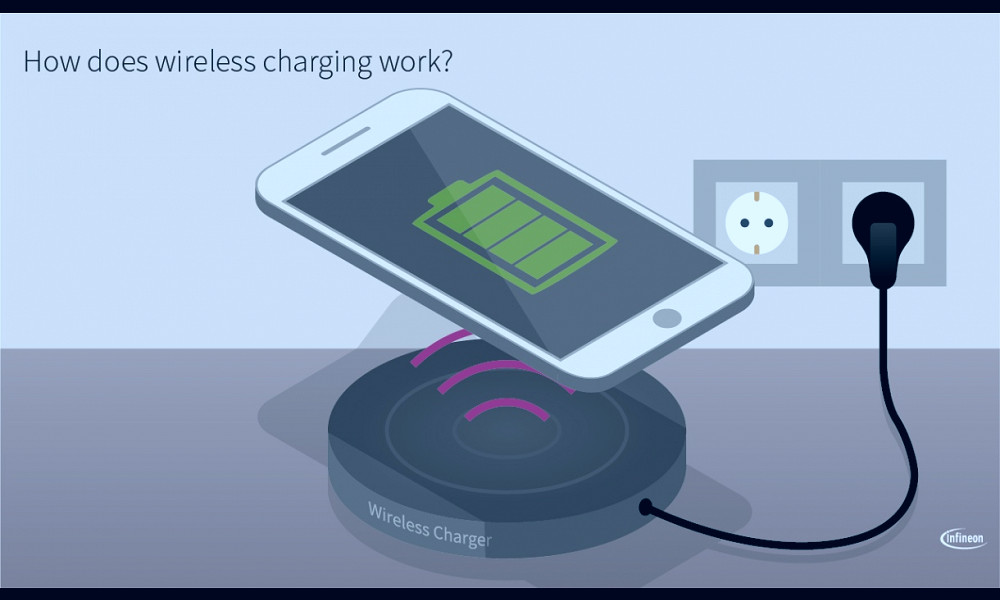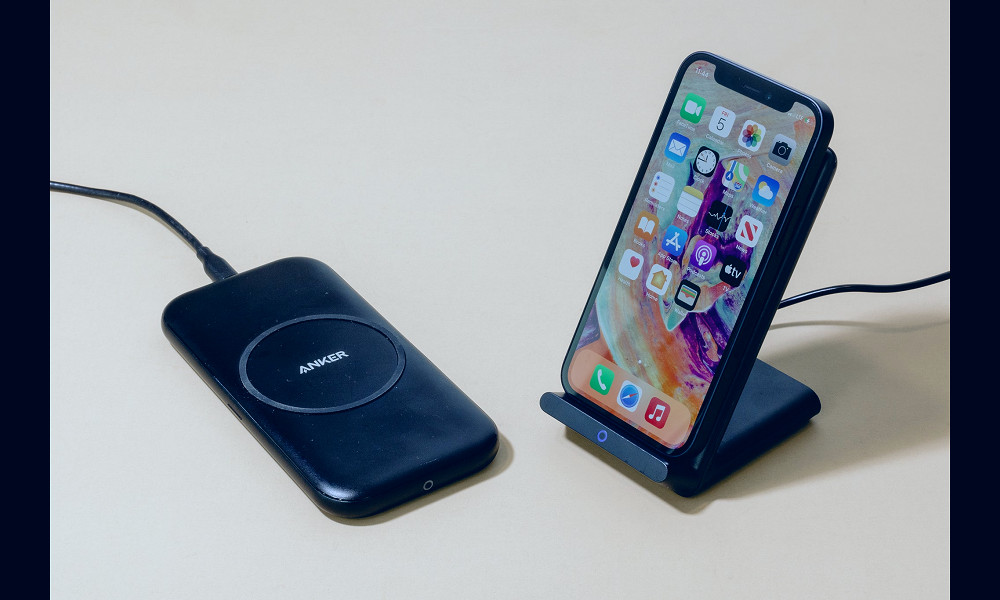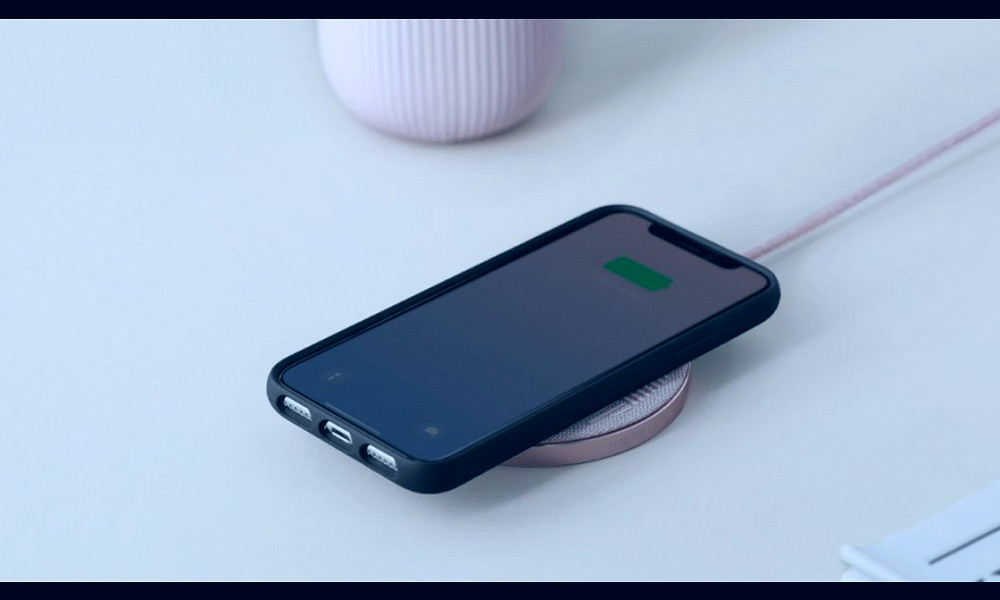
Embrace the Future: Why It's Time to Switch to Wireless Charging
Wireless charging is a modern technology that allows electronic devices such as smartphones, tablets, or smartwatches to be charged without the need for cables. By simply placing your device on a charging pad, power is transferred via electromagnetic fields, eliminating the hassle of cords. It's a step towards a clutter-free, convenient, and efficient charging experience.
| Product Type | Wireless Charger |
| Brand | (varies by product) |
| Compatible Devices | Smartphones, Tablets, Wireless Earbuds, Smart Watches (specific models could be listed) |
| Charging Standard | Qi |
| Input Voltage | 5V/2A, 9V/1.67A |
| Output Power | 5W, 7.5W, 10W, 15W (varies by product) |
| Charging Distance | ≤8mm |
| Charging Efficiency | ≥75% |
| Material | Plastic, Metal, Fabric (varies by product) |
| Color | (varies by product) |
| Weight | (varies by product) |
| Dimensions | (varies by product) |
| Safety Features | Overcharge protection, Overheat protection, Foreign object detection |
| Additional Features | LED indicator, Anti-slip surface, Multidevice charging (varies by product) |
| Certifications | CE, FCC, RoHS (varies by product) |
| Package Contents | Wireless Charger, USB Cable, User Manual |
| Warranty | (varies by product) |
Understanding Wireless Charging
Wireless charging, also known as inductive charging, involves the transfer of energy from a power source to your device, without the need for a physical connection. It typically involves a charging pad and a compatible device that can receive power from this pad. Read more
The Convenience of Wireless Charging
With wireless charging, you can eliminate the need for wires and cables that often result in a tangled mess. Simply place your device on the charging pad and it starts recharging. This brings a level of convenience and ease that wired chargers simply can't match. Read more
Efficiency and Speed
Modern wireless chargers are designed to deliver high-speed charging capabilities. They come with increased wattage that significantly cuts down on charging times. Although they may not be as fast as wired fast chargers, the difference is minimal and often barely noticeable. Read more
Safety of Wireless Charging
A significant advantage of wireless charging is safety. Since there are no exposed wires or connectors, the risk of electric shocks is virtually eliminated. Moreover, most wireless chargers have features that prevent overheating and overcharging, protecting your device’s battery health. Read more

Compatibility
A universal wireless charger can work with multiple devices, regardless of the brand or model. As long as the device supports wireless charging, it can be charged on the pad. This can be particularly handy if you have multiple devices or if there are several devices in your household. Read more
Design and Aesthetics
Wireless chargers come in a variety of designs and styles. They are sleek, modern, and can add a touch of sophistication to any space. Instead of dealing with unsightly wires, you can have a sleek charging pad sitting on your desk or nightstand. Read more
Future of Charging
With the increased adoption of wireless technology, it's safe to say that wireless charging is the future. More and more devices are being developed with wireless charging capabilities, and it's only a matter of time before it becomes the standard. Read more
Cost-Effectiveness
While it's true that wireless chargers can be more expensive upfront than their wired counterparts, they can save you money in the long run. You won't have to replace frayed or broken cables, and a single charger can work with multiple devices. Read more

Environmentally Friendly
Wireless charging can be more environmentally friendly than traditional charging methods. It reduces the need for cables and adapters, many of which end up in landfills. With fewer cables to manufacture, wireless charging could have a smaller carbon footprint. Read more
Choosing the Right Wireless Charger
When choosing a wireless charger, consider factors such as charging speed, compatibility, design, and price. Look for a charger that suits your needs and preferences. Remember, investing in a high-quality wireless charger can enhance your device’s longevity and provide you with a hassle-free charging experience. Read more
Facts
1. The Magic of Induction: Wireless charging, officially known as inductive charging, creates a magical experience. It uses magnetic fields to transfer energy between two objects, eliminating the need for pesky cables. Just place your device on a charging pad, and voila! Your device starts charging.2. The Pioneer of Wireless Charging: Did you know that the concept of wireless charging was first introduced by Nikola Tesla? In the late 19th century, Tesla used magnetic fields to transfer energy, which is fundamentally the same principle used in today's wireless charging technology.
3. The Qi Standard: The most common wireless charging standard today is the Qi (pronounced chee) standard. Developed by the Wireless Power Consortium, the Qi standard ensures interoperability between different devices and charging pads, meaning your Samsung phone can charge on an IKEA charging pad!
4. The Speed of Wireless Charging: While wireless charging is convenient, it's usually not as fast as wired charging. However, recent advancements have led to the development of fast wireless charging, which can charge a device as quickly as its wired counterpart.
5. The Evolution of Wireless Charging: Wireless charging isn't just for smartphones anymore. Today, several manufacturers are developing wireless charging solutions for electric cars, laptops, and other devices. The future is truly wireless!
6. The Safety of Wireless Charging: If you're worried about safety, rest assured. Wireless charging is perfectly safe for use. All Qi-certified products are tested rigorously to ensure they meet safety standards, including temperature control and detection of foreign objects.
7. The Future of Wireless Charging: The future of wireless charging looks promising. Researchers are developing over-the-air wireless charging, which would allow devices to charge without being in direct contact with a charging pad. Imagine your phone charging in your pocket as you walk around your house!
8. The Impact on Sustainability: Wireless charging could have a significant impact on sustainability. By eliminating the need for charging cables, we can reduce electronic waste. Furthermore, wireless charging pads can potentially charge multiple devices at once, reducing the need for multiple power outlets.
9. The Role in Public Spaces: Wireless charging is becoming increasingly common in public spaces. Airports, coffee shops, and even some cars now offer wireless charging pads, making it easier than ever to keep your devices charged on the go.
10. The Convenience Factor: Above all, wireless charging is about convenience. No more fumbling with cables in the dark or dealing with frayed charging cords. With wireless charging, keeping your devices powered up is as simple as setting them down.
Read more
 Amazon.com: Anker Wireless Charger, 313 Wireless Charger (Pad), Qi-Certified 10W Max for iPhone 14/14 Pro/14 Pro Max/13/13 Pro Max, AirPods (No AC Adapter, Not Compatible with MagSafe Magnetic Charging) : Cell Phones
Amazon.com: Anker Wireless Charger, 313 Wireless Charger (Pad), Qi-Certified 10W Max for iPhone 14/14 Pro/14 Pro Max/13/13 Pro Max, AirPods (No AC Adapter, Not Compatible with MagSafe Magnetic Charging) : Cell Phones Amazon.com: Wireless Charger, 3 in 1 Wireless Charging Station, Fast Wireless Charger Stand for iPhone 14/13/12/11/Pro/Max/XS/XR/X/8/Plus, for Apple Watch 8/7/6/5/4/3/2/SE, for AirPods 3/2/Pro(Black) : Cell Phones & Accessories
Amazon.com: Wireless Charger, 3 in 1 Wireless Charging Station, Fast Wireless Charger Stand for iPhone 14/13/12/11/Pro/Max/XS/XR/X/8/Plus, for Apple Watch 8/7/6/5/4/3/2/SE, for AirPods 3/2/Pro(Black) : Cell Phones & Accessories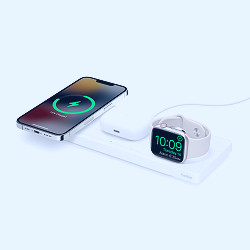 Belkin BOOST↑CHARGE™ PRO 3-in-1 Wireless Charging Pad with MagSafe - White - Apple
Belkin BOOST↑CHARGE™ PRO 3-in-1 Wireless Charging Pad with MagSafe - White - Apple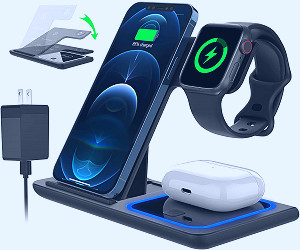 3 in 1 Wireless Charger, 18W Fast Charger Pad Stand Charging Station Dock for iWatch Series SE 6/5/4/3 Airpods for iPhone 14/13/12 /11/Pro Max/12 Mini /XR Max 8 Plus (With QC3.0 Adapter) - Walmart.com
3 in 1 Wireless Charger, 18W Fast Charger Pad Stand Charging Station Dock for iWatch Series SE 6/5/4/3 Airpods for iPhone 14/13/12 /11/Pro Max/12 Mini /XR Max 8 Plus (With QC3.0 Adapter) - Walmart.com EarFun Wireless Charging Pad
EarFun Wireless Charging Pad Belkin BOOST↑CHARGE™ PRO 3-in-1 Wireless Charging Pad with MagSafe - Black - Apple
Belkin BOOST↑CHARGE™ PRO 3-in-1 Wireless Charging Pad with MagSafe - Black - Apple 3-in-1 Apple MagSafe Wireless Charger Pad | Belkin US
3-in-1 Apple MagSafe Wireless Charger Pad | Belkin US Amazon.com: KPON Invisible Wireless Charger, Hidden Long Distance Wireless Phone Charger, Under Desk 10W Furniture Wireless Charging Pad for iPhone 14/14 Plus/14 Pro/14 Pro max/13 Series/Wireless Phones : Cell Phones & Accessories
Amazon.com: KPON Invisible Wireless Charger, Hidden Long Distance Wireless Phone Charger, Under Desk 10W Furniture Wireless Charging Pad for iPhone 14/14 Plus/14 Pro/14 Pro max/13 Series/Wireless Phones : Cell Phones & Accessories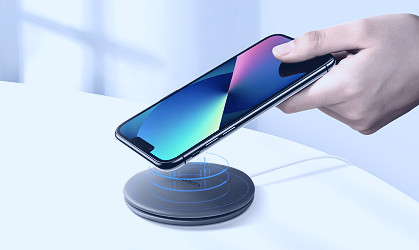 How Fast can Wireless Charging be? | UGREEN
How Fast can Wireless Charging be? | UGREEN Inductive Charging: Definition & Tech - Infineon Technologies
Inductive Charging: Definition & Tech - Infineon Technologies Qi-Certified USB Type-C PD Wireless Charger - Satechi
Qi-Certified USB Type-C PD Wireless Charger - Satechi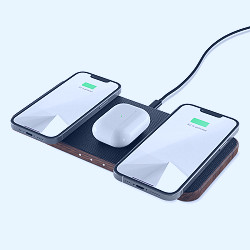 3 in 1 Wireless Charging Station 30 W Walnut | Woodcessories, 119,90 €
3 in 1 Wireless Charging Station 30 W Walnut | Woodcessories, 119,90 € LIVBOJ Wireless charger, black - IKEA
LIVBOJ Wireless charger, black - IKEA Best Buy essentials™ 2-in-1 7.5W Magnetic Wireless Charger for iPhone 14/13/12 series + AirPods White BE-MQ221W23 - Best Buy
Best Buy essentials™ 2-in-1 7.5W Magnetic Wireless Charger for iPhone 14/13/12 series + AirPods White BE-MQ221W23 - Best Buy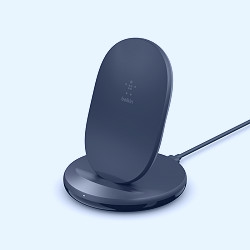 15W Fast Wireless Charging Stand | Belkin | Belkin: US
15W Fast Wireless Charging Stand | Belkin | Belkin: US LIVBOJ Wireless charger, white - IKEA
LIVBOJ Wireless charger, white - IKEA Anker 313 Wireless Charger (Stand) - Anker US
Anker 313 Wireless Charger (Stand) - Anker US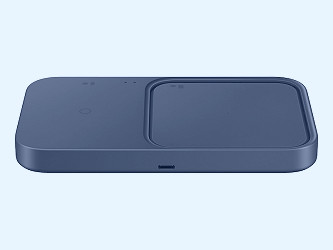 15W Wireless Charger Duo with Travel Adapter, Dark Gray Mobile Accessories - EP-P5400TBEGUS | Samsung US
15W Wireless Charger Duo with Travel Adapter, Dark Gray Mobile Accessories - EP-P5400TBEGUS | Samsung US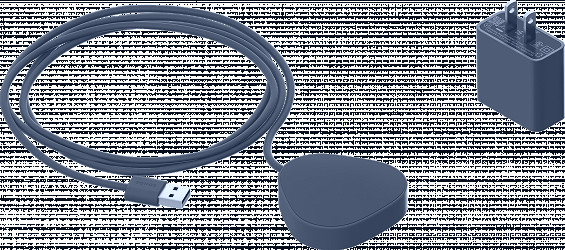 Roam Wireless Charger | Sonos
Roam Wireless Charger | Sonos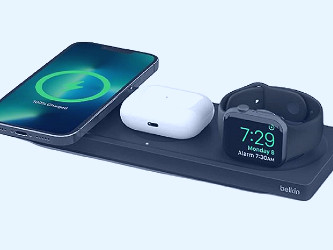 The best wireless chargers of 2023: Expert reviewed | ZDNET
The best wireless chargers of 2023: Expert reviewed | ZDNET 
